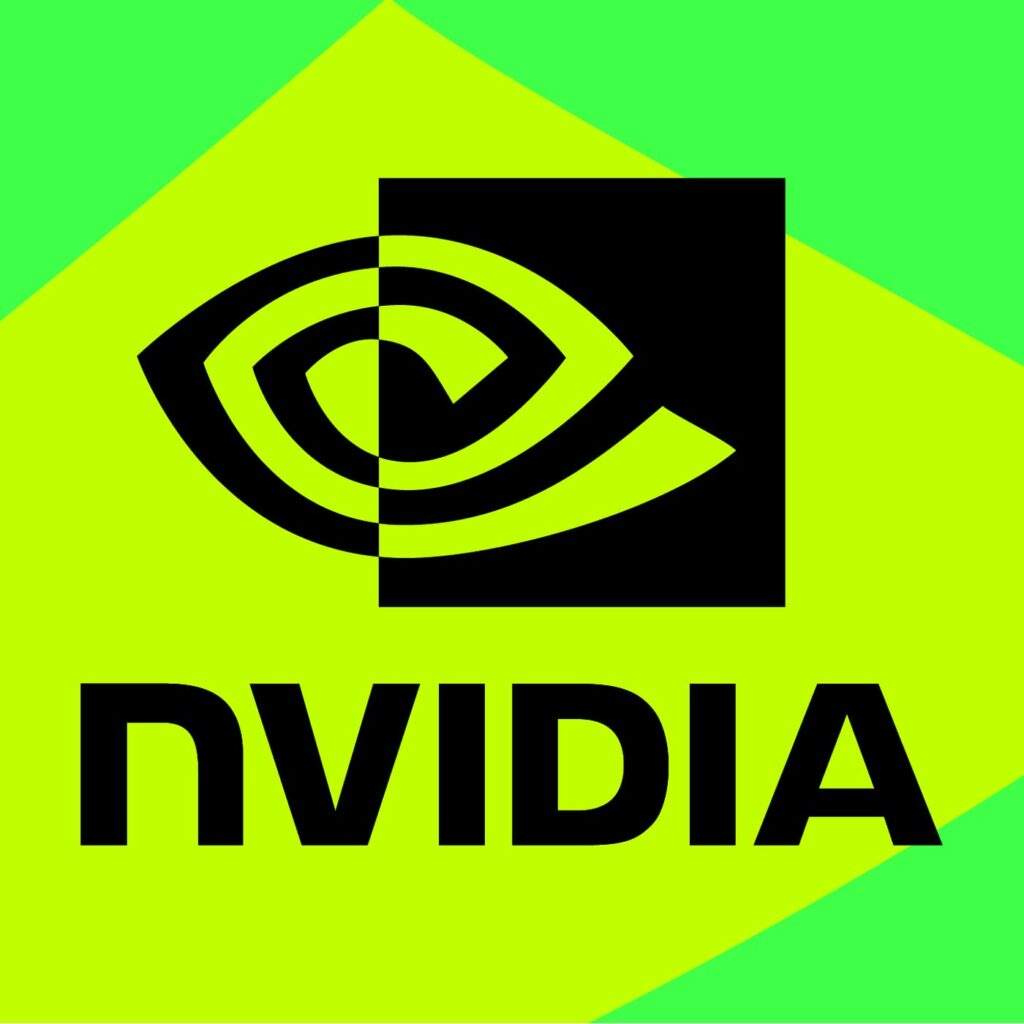NEW YORK — Nvidia, the chip company that has become Wall Street’s most influential stock, is rising again Thursday, helping to keep U.S. indexes near record highs despite a mixed set of economic reports.
The S&P 500 was up 0.2% in midday trading, setting an all-time high for the 31st time this year just before Wednesday’s holiday. The Dow Jones Industrial Average increased by 69 points, or 0.2%, as of 11 a.m. Eastern time, and the Nasdaq composite added 0.2% to its own record.
Nvidia rose 2.8% after surpassing Microsoft on Tuesday as the most valuable company on Wall Street, with a total market value exceeding $3.3 trillion. The company has been the primary beneficiary of the stock market’s enthusiasm for artificial intelligence technology. Nvidia’s chips are integral to AI advancements, and the company’s stock has soared 181.5% this year after more than tripling last year.
The gains for Nvidia and other AI-driven companies have helped sustain the stock market despite some economic weaknesses. High interest rates aimed at reducing inflation have negatively impacted the housing market and manufacturing, with lower-income households struggling to keep up with rising prices.
For instance, Winnebago Industries introduced economical trailers to attract customers amid “inconsistent retail patterns,” but its latest quarterly profit and revenue fell short of analysts’ expectations, causing shares to drop 3.9%.
Accenture, highlighting its success with generative AI, rose 6.2% despite reporting weaker-than-expected profit and revenue for the latest quarter. The company secured over $900 million in new bookings for AI, totaling more than $2 billion over the last three quarters.
Super Micro Computer, which sells server and storage systems for AI and other computing, jumped 7.9%, bringing its gain for the year to 249.3%.
The AI stock surge has masked some underlying market weaknesses, which could be a concern for market analysts. “It has been common in past cycles, as the stock market is coming into a meaningful top, that the biggest growth names are the ones carrying the load,” said Scott Wren, senior global market strategist at Wells Fargo Investment Institute.
Treasury yields ticked higher following mixed economic reports. U.S. workers filing for unemployment benefits eased last week but not as much as economists expected. Manufacturing in the mid-Atlantic is growing slower than anticipated, and home builders started fewer new homes last month than expected.
Wall Street hopes for a slowdown in U.S. economic growth to curb inflationary pressures and encourage the Federal Reserve to cut its main interest rate later this year. Fed officials have indicated potential rate cuts once or twice this year, while many traders expect two or more cuts, according to CME Group data.
The 10-year Treasury yield climbed to 4.27% from 4.22% late Tuesday, and the two-year yield rose to 4.74% from 4.71%.
Some central banks are already easing their economic brakes. The Swiss National Bank cut its main rate on Thursday, while the Bank of England kept its rate steady.
Stock indexes rose across much of Europe following these moves, with the French CAC 40 gaining 1.3%. Asian indexes were mixed.
